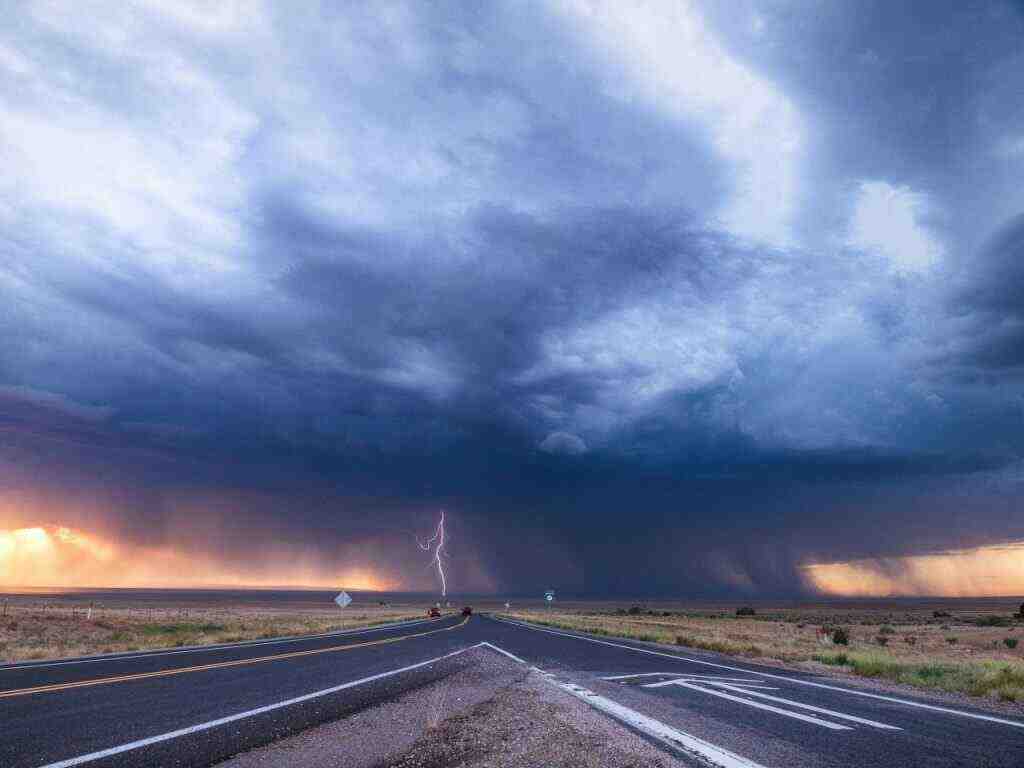Winter’s Return: Northeast Braces for Snow and Ice
Synopsis
While the Northeast relishes in unseasonably warm temperatures this week, AccuWeather meteorologists caution of an approaching storm system poised to bring accumulating snow and ice to parts of the Great Lakes and Northeast regions starting this weekend. This storm, part of a series that has drenched the South with over a foot of rain, is expected to impact travel and outdoor activities across affected areas.
Northeast Snowfall Forecast
Following a string of rain and spring-like warmth, the Northeast will face a wintry mix beginning late this weekend as a new, colder storm approaches. Arriving on Sunday, the storm will bring chillier air, but the extent of wintry weather will vary across the region.
“After multiple rounds of rain and ice this week, the incoming storm this weekend is expected to feature a swath of accumulating snow across the Great Lakes and interior Northeast,” said AccuWeather Meteorologist Brandon Buckingham.
Rain Event for Major Cities
Major cities along the Interstate 95 corridor, including Washington, Baltimore, Philadelphia, and New York, are likely to experience another round of chilly rain. Combined with recent heavy rainfall, rising temperatures, and snowmelt, this rain poses a renewed threat of flooding.
“The final round of rain expected beginning on Sunday may not produce significant totals, but it can still heighten the risk of flooding,” said Buckingham.
Flood watches have already been issued for portions of the Northeast, underscoring the potential for more flooding before the week’s end.
Travel Impacts and Precipitation Types
The storm’s track and intensity will determine whether the rain transitions to snow in the major cities. The exact track hinges on the positioning of a high-pressure area over the Midwest and Great Lakes. A more southerly track would allow colder air to reach farther south, increasing the risk of accumulating snow even along the coast.
Inland areas, however, face a greater likelihood of snow and wintry precipitation. A swath of heavy, wet snow is expected from the Ohio Valley and Great Lakes into the interior Northeast and New England. Cities like Detroit, Akron, Cleveland, Albany, Buffalo, and Boston could see several inches of snow, potentially causing travel disruptions.
While a zone of icing from sleet or freezing rain is also possible, the warm weather preceding the storm should limit impacts to secondary roads and sidewalks rather than major highways.
Post-Storm Conditions
After the storm passes, chilly but drier air is expected for a few days at the start of the new week. However, indications suggest that February may begin on a mild note, similar to the end of January.
Stay Informed and Prepared
As the storm approaches, residents in affected areas should stay informed about the latest forecasts and warnings from the National Weather Service. Keep an emergency preparedness kit handy, including food, water, flashlights, and extra batteries. If you must travel, allow extra time and exercise caution on the roads.
For the most up-to-date information on the storm’s track, intensity, and potential impacts, visit the AccuWeather website or follow AccuWeather on social media.
